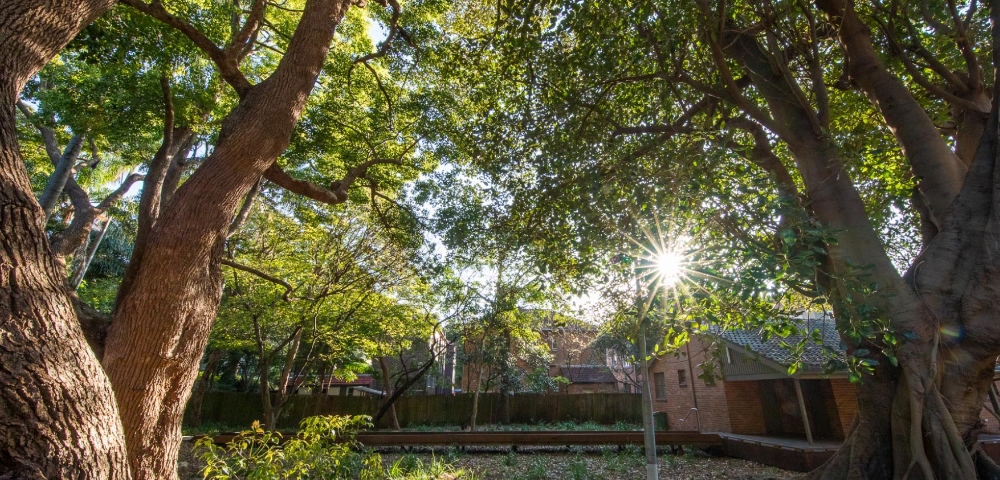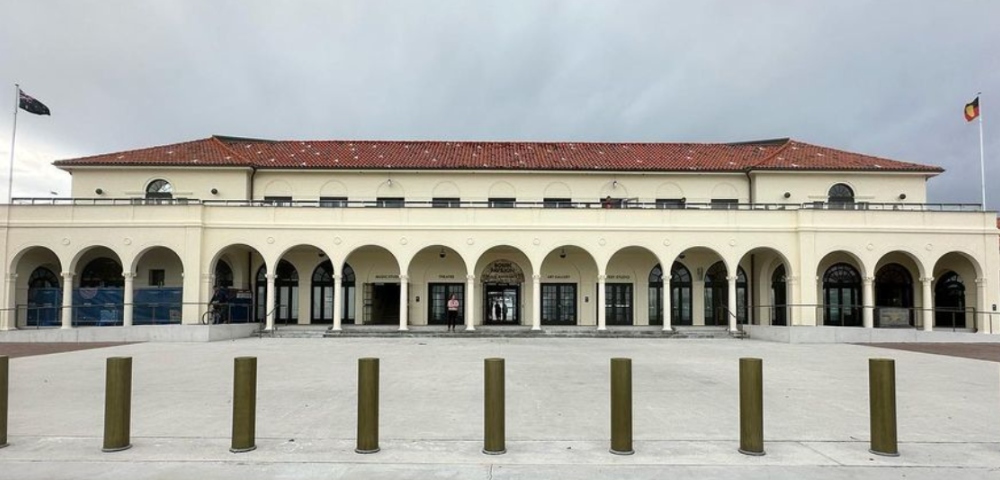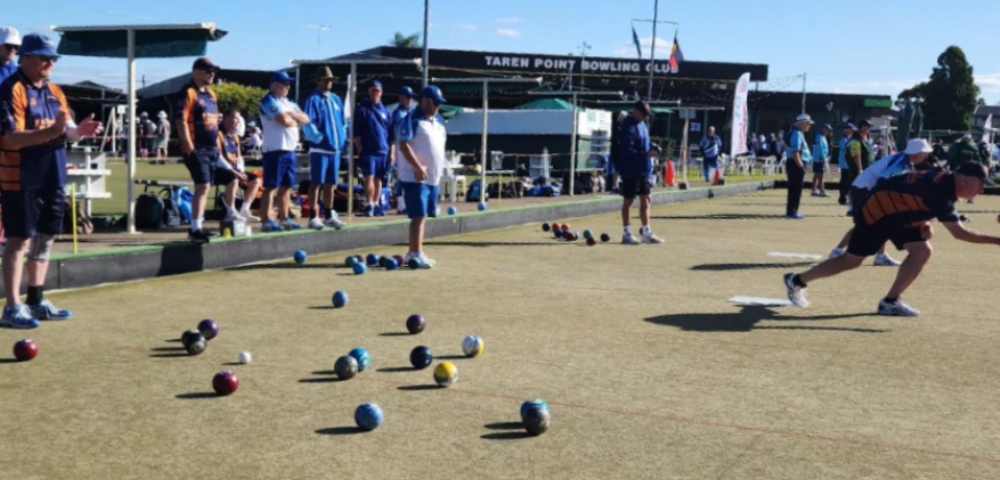
“Most effective suicide prevention strategy ever”: report reveals promising findings

BY KENJI SATO
A study of notorious suicide destinations has found that installing nets and barriers at these ‘suicide hotspots’ reduces the rate of suicide at these sites by 91 per cent.
“It’s amazing”, said Dr Karolina Krysinska, a researcher at the Black Dog Institute in Sydney and one of the report’s authors.
“It seems to be the most effective suicide prevention strategy ever.”
Many of the barriers installed at suicide hotspots can be easily bypassed by those determined to commit suicide.
But Dr Krysinska told City Hub that people are rarely so determined.
“Most people who think about suicide are ambivalent. They struggle. They are suffering from lots of pain. But they want to live. And many suicidal behaviours are very impulsive. So if someone is blocked, they get extra time to think about other options,” she said.
The study, which was released last week, found that encouraging help-seeking through the use of signboards and emergency phones decreased suicide rates by 51 per cent.
Third party intervention strategies, including suicide patrols, CCTV cameras and police officers, were found to reduce suicide rates by 47 per cent.
Locally, Woollahra Council said they have seen dramatic improvements at notorious suicide hot spot The Gap in Watson’s Bay.
A campaign initiated by federal MP Malcolm Turnbull and state MP Gabrielle Upton in 2007 meant that the council, in coordination with Rose Bay Local Area Command and the Black Dog Institute, were able to roll out a series of harm minimisation measures in the area.
A spokesperson for Woollahra Council told City Hub that $2 million funding for the project meant technology could be employed to very effectively reduce the suicide rate.
Local police had been able to locate people quickly with enhanced CCTV, as well as thermal imaging to locate people who are loitering in the area at night.
The vicinity now features phones on which people can call Lifeline, fencing which curves inwards so it is difficult to scale, but easy to climb back over, as well as more lighting.
“Council now has regular meetings with The Black Dog Institute and Rose Bay Local Area Command to monitor the project, as a combined community,” the spokesperson said.
Professor Jane Pirkis, the report’s lead author, said strategies could work in unison to reduce harm.
“The barriers act as a mechanism to stop people, even briefly, to think about their course of action and maybe seek help. The barriers slow people down, so there’s a possibility that a third party might be able to intervene,” she said.
The report investigated whether suicidal people stopped by barriers at suicide hotspots went on to commit suicide elsewhere. It found this was sometimes the case, but that barriers still “significantly reduced” the overall suicide rate.
Professor Pirkis told City Hub that preventing suicides at suicide hotspots was important to prevent ‘copycat’ suicides.
“Suicide hotspots are self-perpetuating,” she said.
“They become known as places people have gone to take their lives. So there’s a bit of mythology that is created around them.”
Irresponsible media coverage of suicides can also cause copycat suicides, the Executive Director of the Lifeline Research Foundation Alan Woodward told City Hub.
“Suicidal behaviours can be triggered by public reporting of suicides with explicit details around how and where people have ended their lives. We don’t want that sort of media reporting,” he said.
“In Australia we have been world leading in the production of the Mindframe guidelines for the media reporting of suicide. By and large the media does draw upon those guidelines and is responsible in its reporting,” Mr Woodward said.
Professor Jane Stein-Parbury, a professor of mental health nursing, agreed that media outlets should be careful about how they report suicide. But Professor Stein-Parbury said that it was also important that the issue of suicide be discussed openly.
“A lot of people fear that, if they bring up the issue of suicide with somebody, they’ll put the idea into their head,” she said.
“But people are often relieved if you bring it up in an accepting and empathetic way. They think ‘here’s someone who knows what I’m going through’.”
Professor Stein-Parbury said that a feeling of loneliness and isolation was one of the biggest contributing factors in suicide.
“Sometimes there’s an underlying mental illness. We know that people who are mentally ill are marginalised. They’re not accepted by society. But often it’s just a matter of saying ‘is there someone you can call to be with you? What would stop you from killing yourself?’” she said.
“If it’s a mother, they might say ‘my kids’. So you look for where the protective factors are and you try to mobilise them. Often it is a matter of getting somebody to be with the person when they’re in their crisis.”
According to data from ABS, in 2013 1,885 males and 637 females died by suicide, which equated to an average of 6.9 deaths by suicide each day in Australia.
With additional reporting by Christopher Harris.
Lifeline: 13 11 14 BeyondBlue:1300 22 4636
The Gap in Watsons Bay. Source: By Adam.J.W.C via Wikimedia Commons









